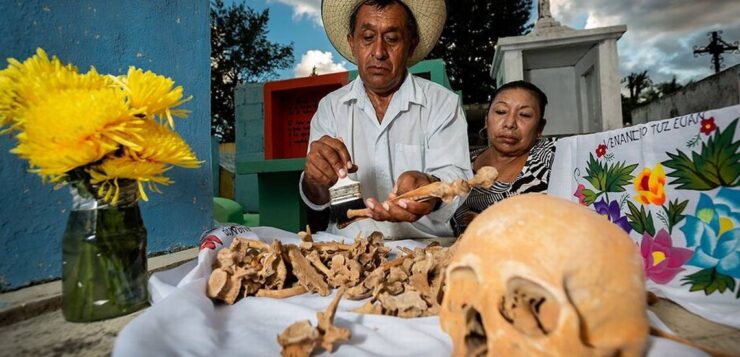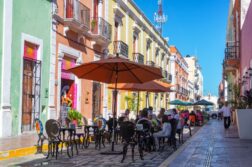The Day of the Dead is very special for the inhabitants of the Villa de Pomuch, in the municipality of Hecelchakán. Every year they wait for the moment to meet again with their deceased relatives.
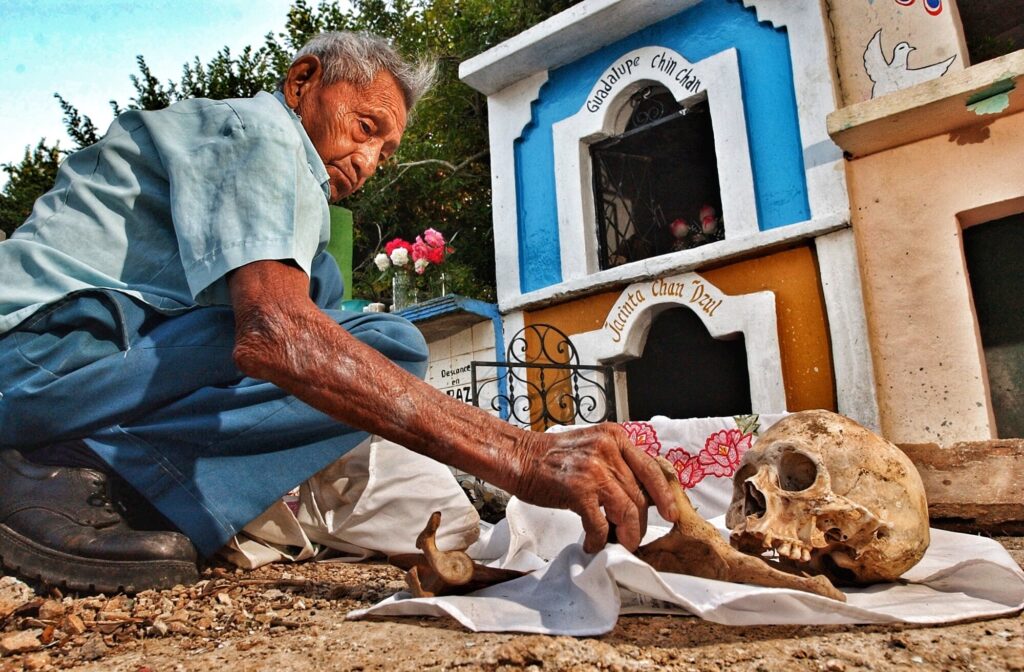
The inhabitants are in charge of taking out the ossuaries with all the cloths of deceased relatives, later they prepare everything to clean them one by one. At the end, they leave the skull, it seems as if they were lovingly washing the face of their deceased
María Antonia Ehuan Cohuo, resident of Pomuch:

“Follow our traditions so that the love and respect for our ancestors and our grandparents is not lost, because that is what our mother instilled in us, this tradition, remembering; well, they were with us and we come to visit them to clean them, every time they celebrate, it is a celebration for them; according to our belief, they reunite with us in spirit, they are here; so, we have to come to clean so that they are clean for the day of their celebration” she said. This tradition of cleaning human bones inside the cemetery never ceases to surprise locals and foreigners. The teenagers who come with their relatives say that they take the bones of their deceased with all due respect, but that they would be incapable of touching someone else’s.
The astonished tourists take photos and videos of this ancient tradition with their cell phones.
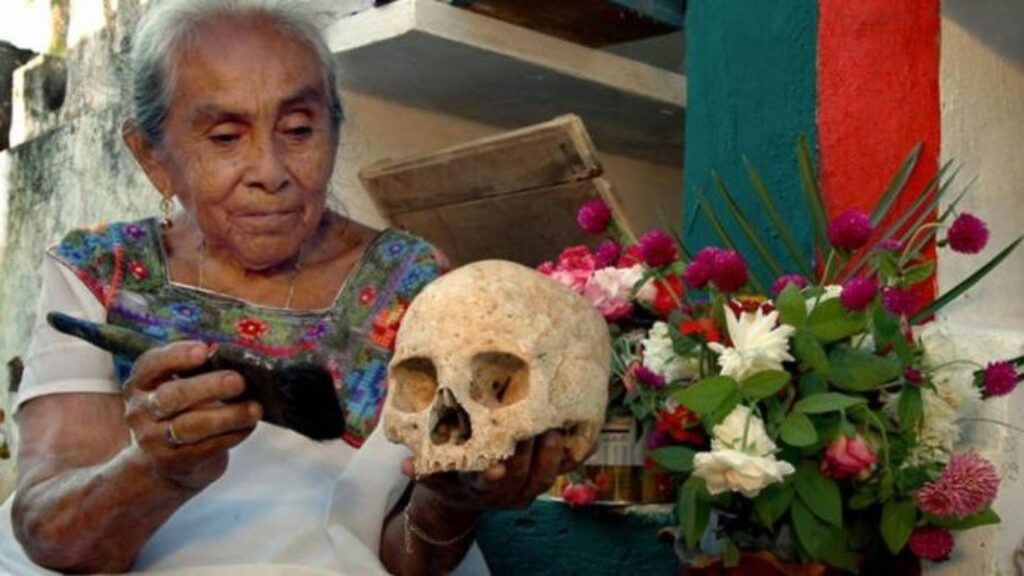
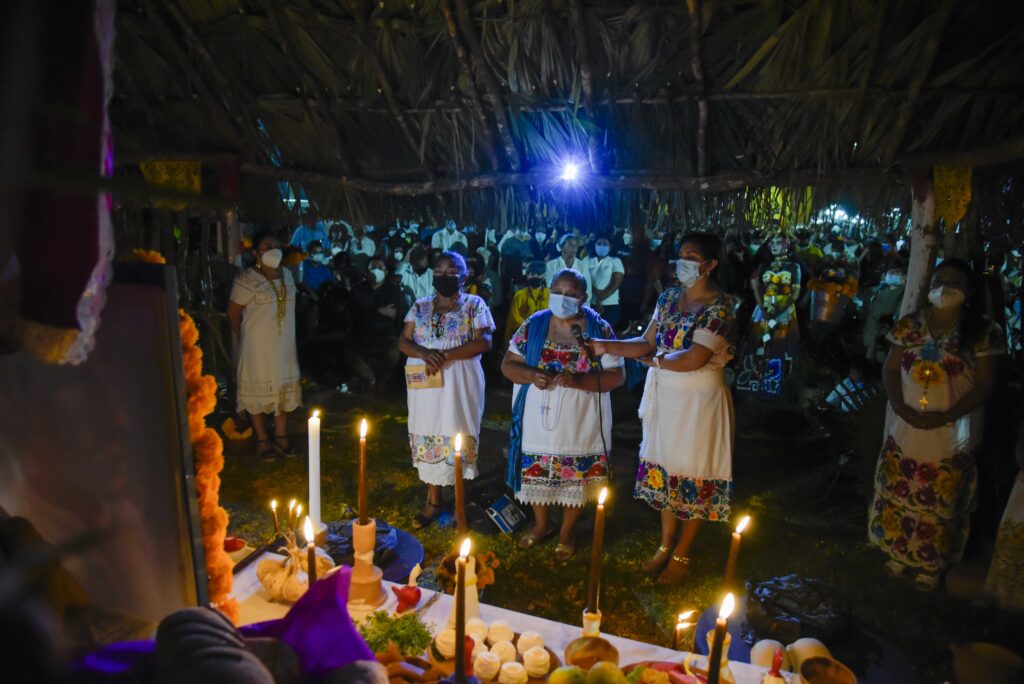
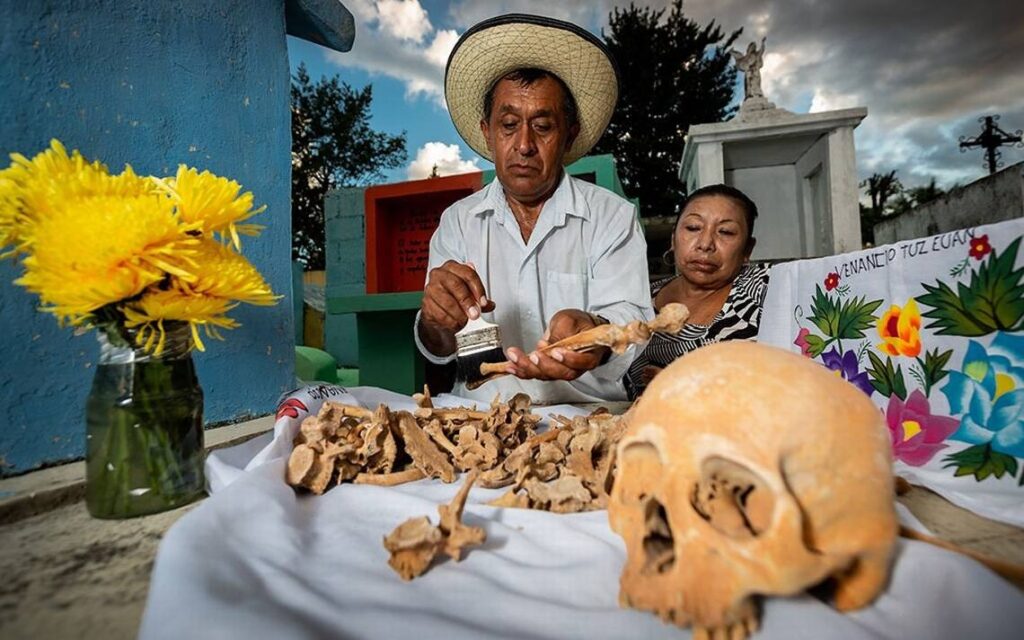
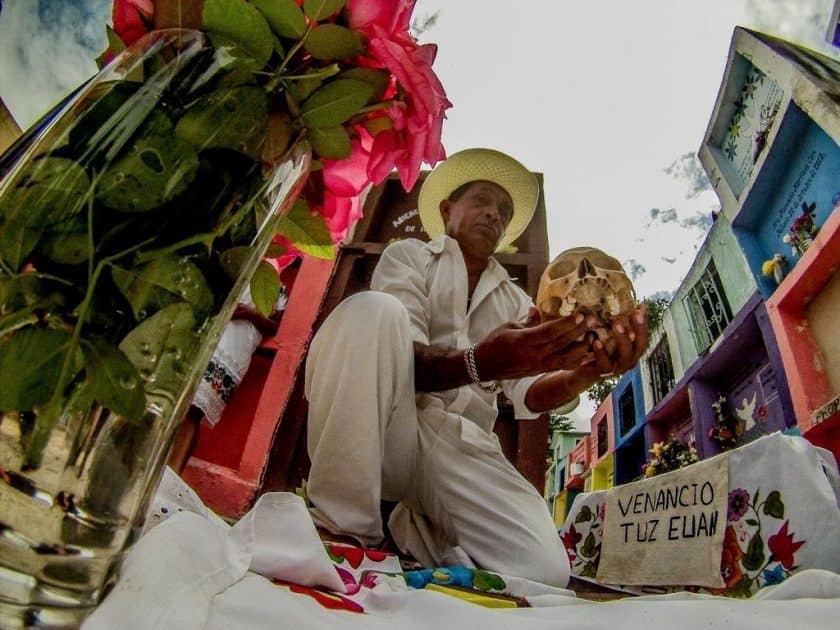
“For me it is something impressive, because it is something that is not practiced in our country. For me, the remains of a person, as they are, we associate them more with sadness.”
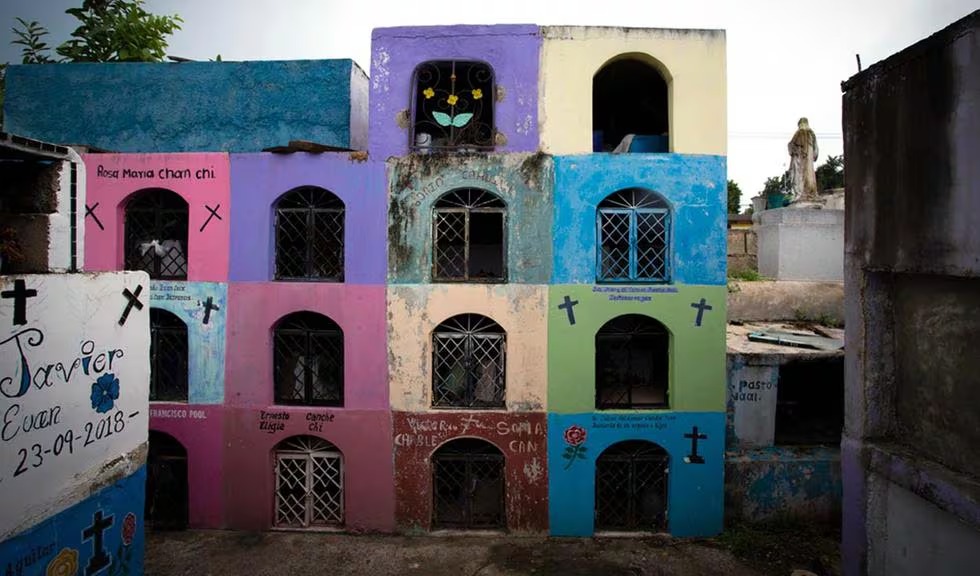
“The way they are displayed in the crypts after cleaning them is more impressive,” said the foreigners.
The Villa de Pomuch is the only corner of all pre-Hispanic Mexico where this experience of cleaning the human remains of its deceased is held, only during the Day of the Dead season, and although there is no exact date of when it began, its older inhabitants speak of how when they were children, their older ancestors were already doing this activity.
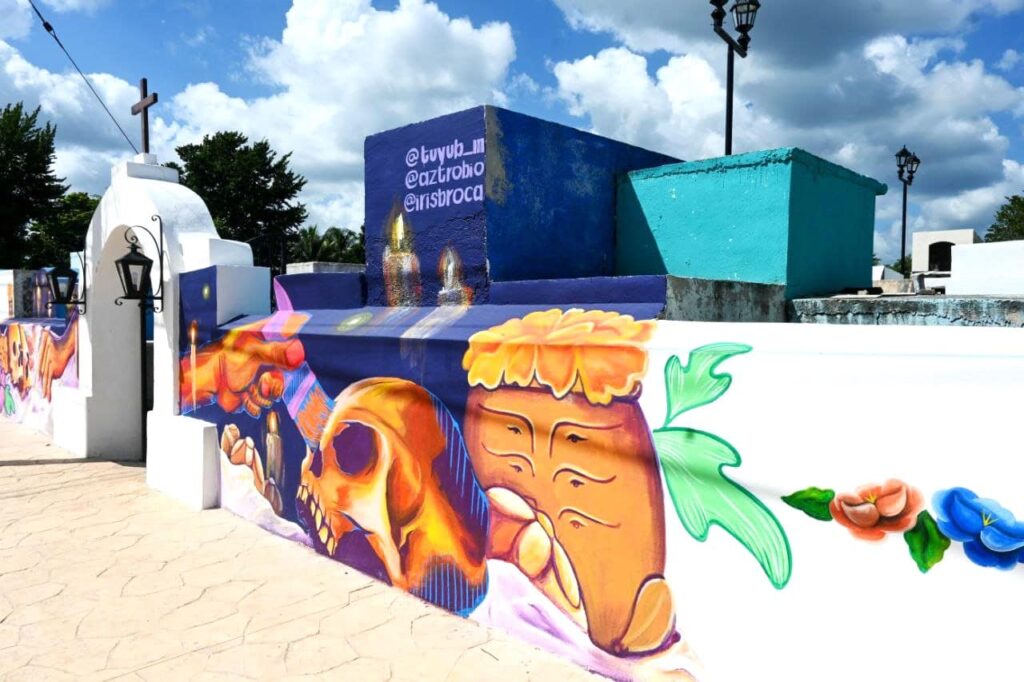
Source of information: Adrían Virgen EXCELSIOR, Social networks
Translation by: Paty Rubio

